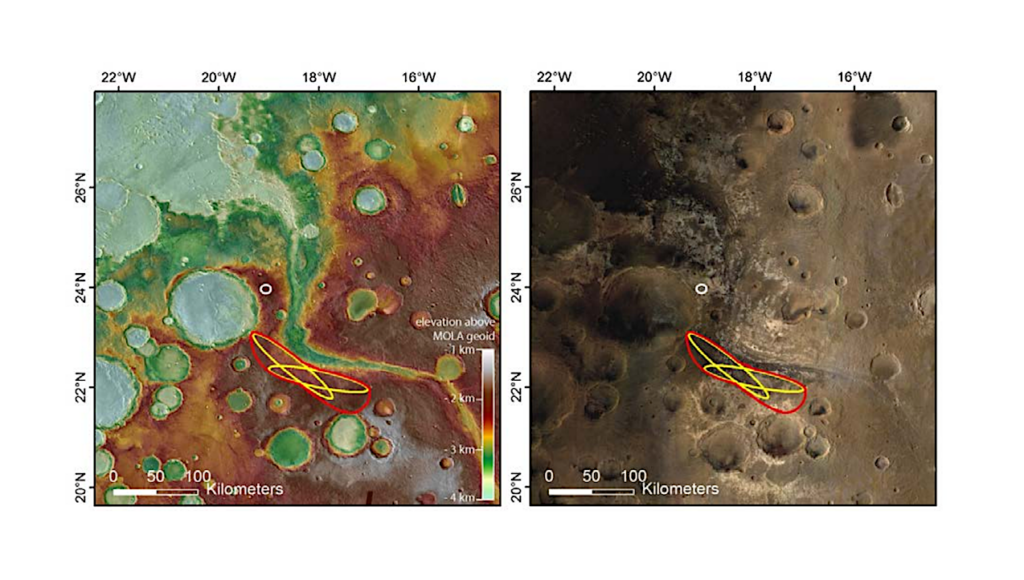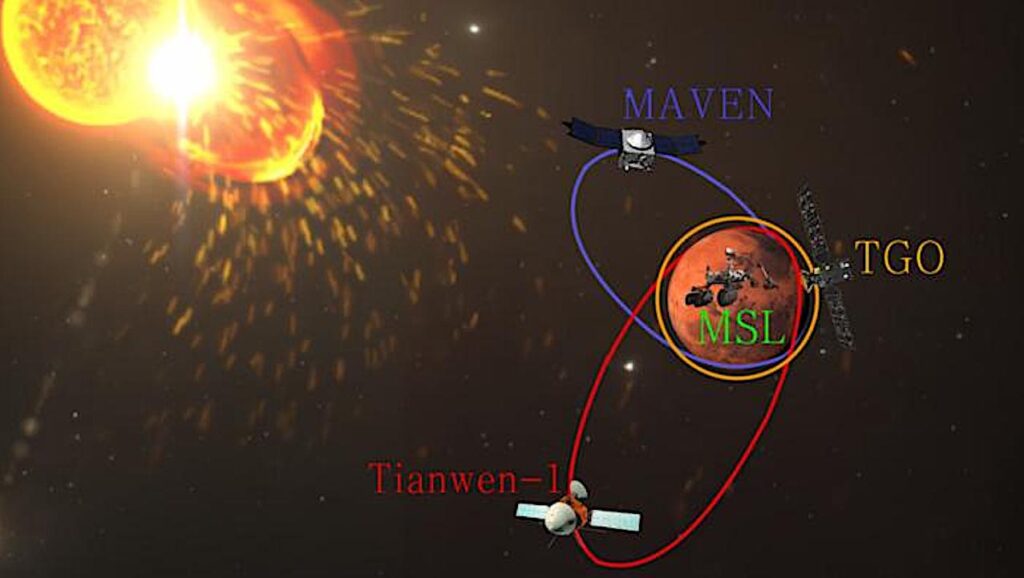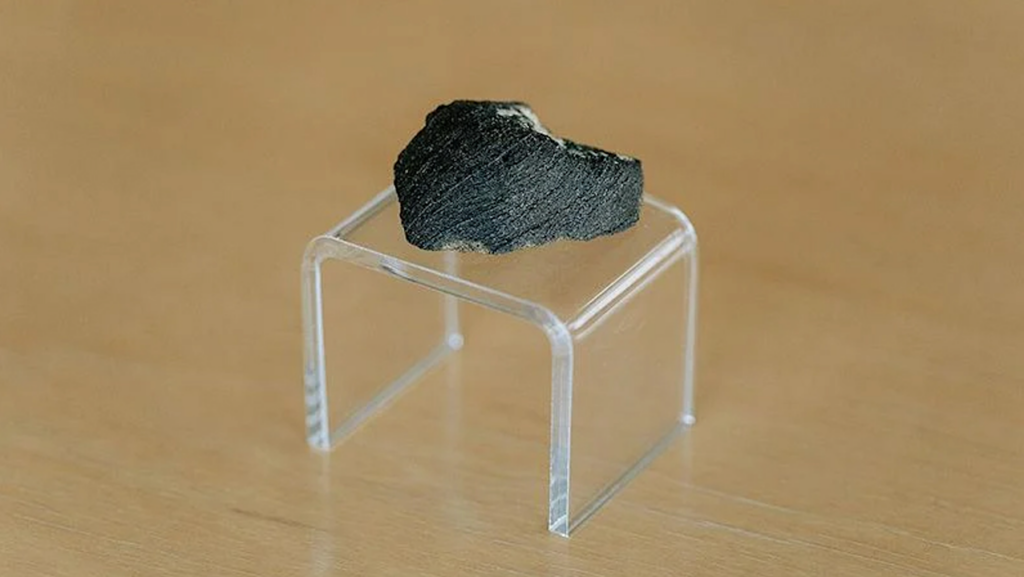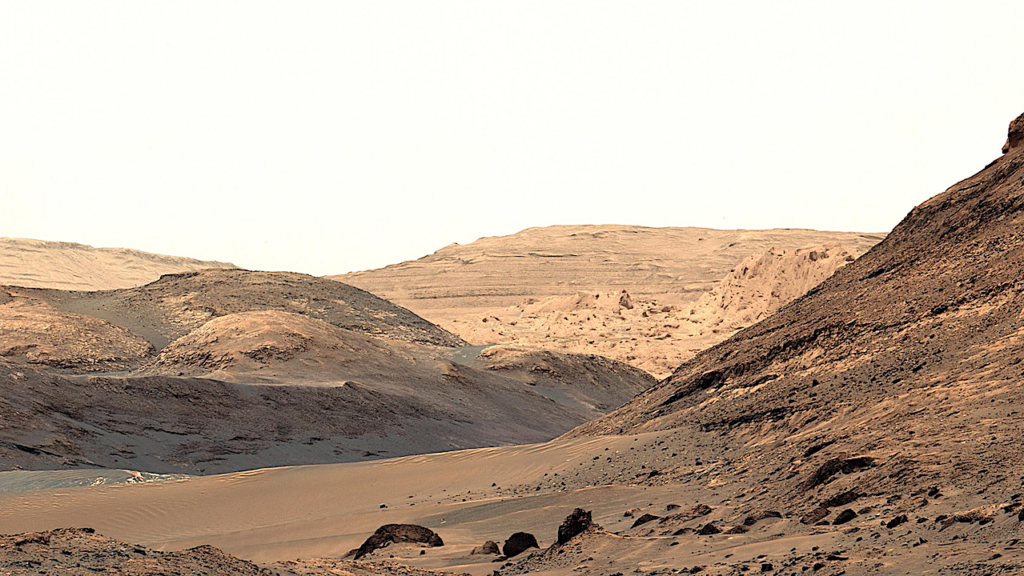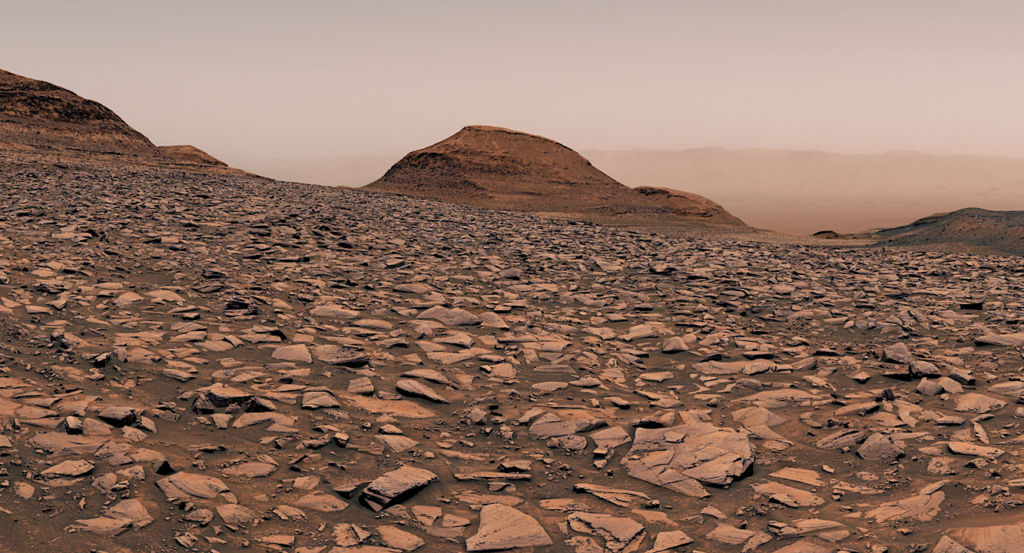The Composition of Mars

Comparing compositional models of the terrestrial planets provides insights into physicochemical processes that produced planet-scale similarities and differences.
The widely accepted compositional model for Mars assumes Mn and more refractory elements are in CI chondrite proportions in the planet, including Fe, Mg, and Si, which along with O make up >90\% the mass of Mars. Here we present an alternative model composition for Mars that avoids such an assumption and is based on data from Martian meteorites and spacecraft observations. Our modeling method was previously applied to predict the Earth’s composition. The model establishes the absolute abundances of refractory lithophile elements in the bulk silicate Mars (BSM) at 2.26 times higher than that in CI carbonaceous chondrites.
Relative to this chondritic composition, Mars has a systematic depletion in moderately volatile lithophile elements as a function of their condensation temperature. Given this finding, we constrain the abundances of siderophile and chalcophile elements in the bulk Mars and its core. The Martian volatility trend is consistent with ≤7 wt\% S in its core, which is significantly lower than that assumed in most core models (i.e., >10 wt\% S). Occurrence of ringwoodite at the Martian core-mantle boundary might have contributed partitioning of O and H into the Martian core.
Takashi Yoshizaki (1), William F. McDonough (1 and 2) ((1) Department of Earth Science, Tohoku University, Japan, (2) Department of Geology, University of Maryland, College Park, USA, (3) Research Center of Neutrino Sciences, Tohoku University, Japan)
(Submitted on 17 Sep 2019)
Comments: 56 pages, 10 figures
Subjects: Earth and Planetary Astrophysics (astro-ph.EP)
Cite as: arXiv:1909.07560 [astro-ph.EP] (or arXiv:1909.07560v1 [astro-ph.EP] for this version)
Submission history
From: Takashi Yoshizaki
[v1] Tue, 17 Sep 2019 02:49:00 UTC (1,076 KB)
https://arxiv.org/abs/1909.07560
Astrobiology


